Not all egg yolks are the same. Some are pale yellow, while others are a deep orange, almost red.
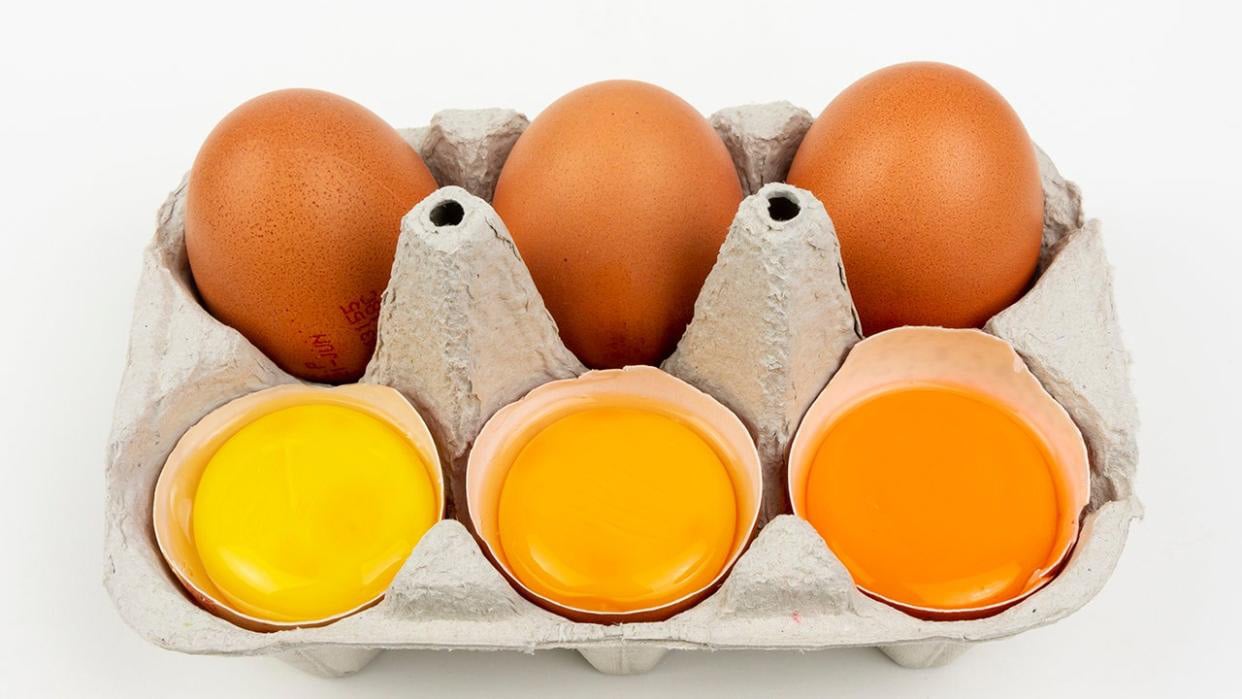
Does a darker egg yolk mean it contains more nutrients? - Photo: Fox News
But what does that mean? Does a darker yolk mean more nutrients? Fox News Digital spoke with an egg expert to find out.
Are dark egg yolks more nutritious?
The color of an egg yolk, according to Lisa Steele, a cookbook author and backyard chicken expert, “is entirely dependent on the hen’s diet.” Steele, who lives in Maine, is the founder of Fresh Eggs Daily, a website about raising chickens. She is also the author of The Fresh Eggs Daily Cookbook .
“Foods rich in xanthophylls and carotenes, which are basically pigments called carotenoids, will produce a deep orange yolk,” Steele says. Carotenes are found in orange foods, like carrots, mangoes, cantaloupe, and pumpkin. Xanthophylls can be found in leafy greens, like spinach and kale.
However, while a darker egg yolk doesn't necessarily mean the chicken ate a nutritious, organic, or fresh diet, "it could be related, as foods that contain this pigment are often rich in other nutrients," Steele says.
Still, feed companies and commercial egg farms have found ways to create darker yolks without using nutrient-rich foods, Steele says.
These companies “got smarter and realized that consumers want to see bright orange egg yolks, so they added ingredients like marigolds, paprika, seaweed, corn and alfalfa to ‘artificially enhance’ the egg yolks,” she said.
Free range eggs are generally more nutritious.
To ensure eggs have the best nutritional value, Steele recommends consumers look for specific labels on egg cartons at the store.
Chickens that are raised "free-range" or "garden-free" often lay eggs with darker orange yolks, Steele says, "because their diet consists primarily of grasses, weeds, and other plants."
It's important to note that "cage-free" and "free-range" are not the same thing, she said.
Free-range eggs are the “gold standard,” Steele told Fox News Digital, noting that some cage-free chickens may still spend their entire lives in storage. Free-range eggs contain less cholesterol and more nutrients, Steele said, thanks to a healthier, more varied diet.
The yolk isn't the only thing that varies in color. Eggshells also change color. Unlike the yolk, the color of the shell has nothing to do with the nutritional value of the egg, Steele explains.
Color is “entirely based on the breed,” Steele says. “Some hens have brown pigment, while others have blue, and some have no pigment.”
Are cracked eggs safe to eat?
The shell and membrane of an egg are there to protect the inside from harmful bacteria. Steele says she “wouldn’t use a cracked egg from a box bought at the store,” because it’s impossible to know how long it’s been cracked.
It's important to check for cracks in eggs before buying them. The shell and membrane help keep out harmful bacteria like salmonella. "But if I know I've cracked an egg, I'll cook it right away and eat it," she says.
As for the eggs Steele accidentally cracked recently, she says she would use them, but only if the membrane is intact. “That membrane protects the egg from bacteria,” she explains. “You can crack the egg into a small bowl, cover it with plastic wrap or a lid, and use it within two days, making sure it’s fully cooked.”
But if the membrane is broken, the egg is not safe for humans to eat, Steele says. It can still be useful in the compost, however. “The calcium in the eggshell is great for the soil,” she says.
The United States Department of Agriculture (USDA) offers similar guidance on its website. "Bacteria can enter through cracks in the shell. Never buy cracked eggs," the USDA advises.
Eggs that crack during cooking, such as hard-boiled, are “still safe.” These eggs do not need to be thrown away. Also, “remember that all eggs should be cooked thoroughly,” the USDA emphasizes.
Source: https://tuoitre.vn/long-do-trung-mau-dam-hon-co-chua-nhieu-chat-dinh-duong-hon-20250113140207217.htm






![[Photo] Prime Minister Pham Minh Chinh attends the patriotic emulation congress of the banking sector](/_next/image?url=https%3A%2F%2Fvphoto.vietnam.vn%2Fthumb%2F1200x675%2Fvietnam%2Fresource%2FIMAGE%2F2025%2F11%2F24%2F1763981997729_tt-nhnn-jpg.webp&w=3840&q=75)






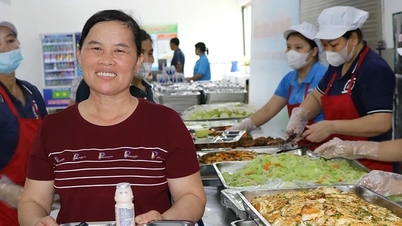

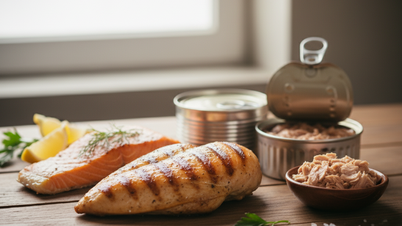









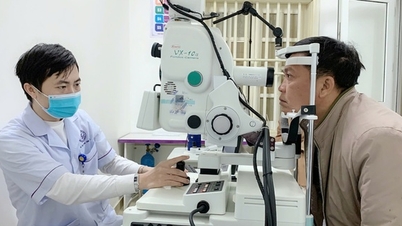

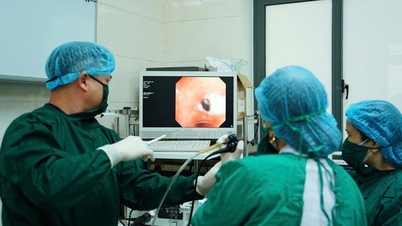












![[Photo] Next to the "mountain of trash" after the flood, Tuy Hoa residents strive to rebuild their lives](/_next/image?url=https%3A%2F%2Fvphoto.vietnam.vn%2Fthumb%2F1200x675%2Fvietnam%2Fresource%2FIMAGE%2F2025%2F11%2F24%2F1763951389752_image-1-jpg.webp&w=3840&q=75)




















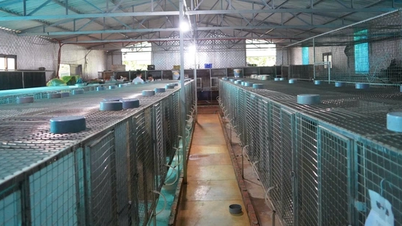











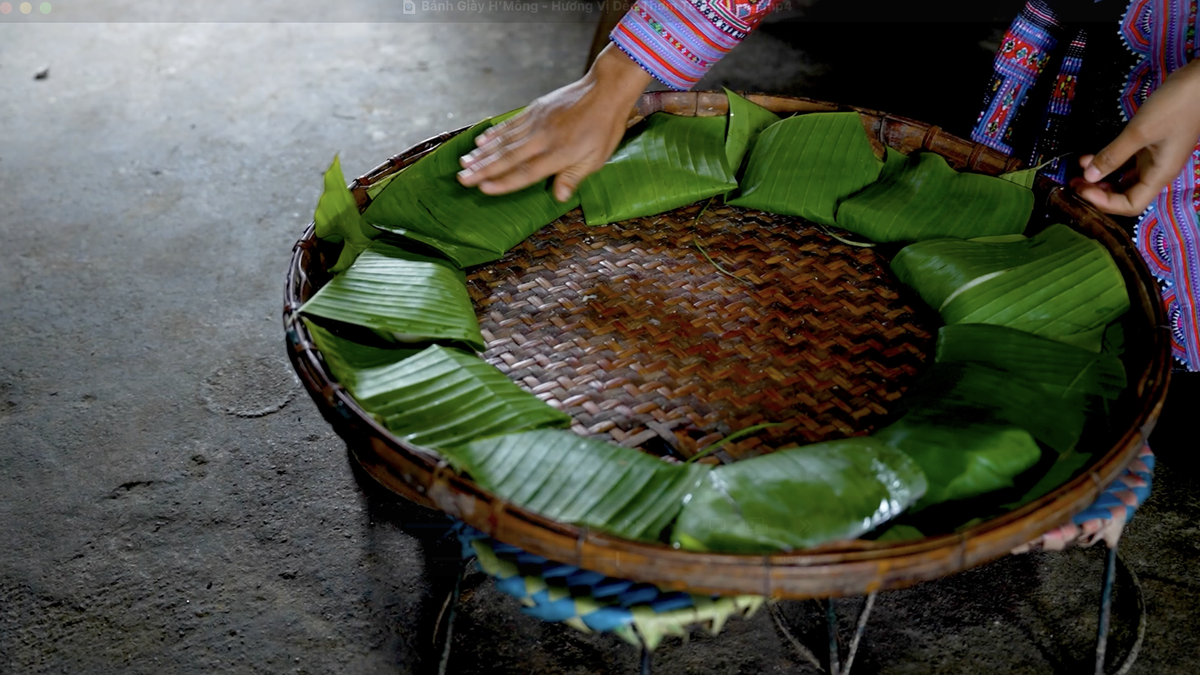
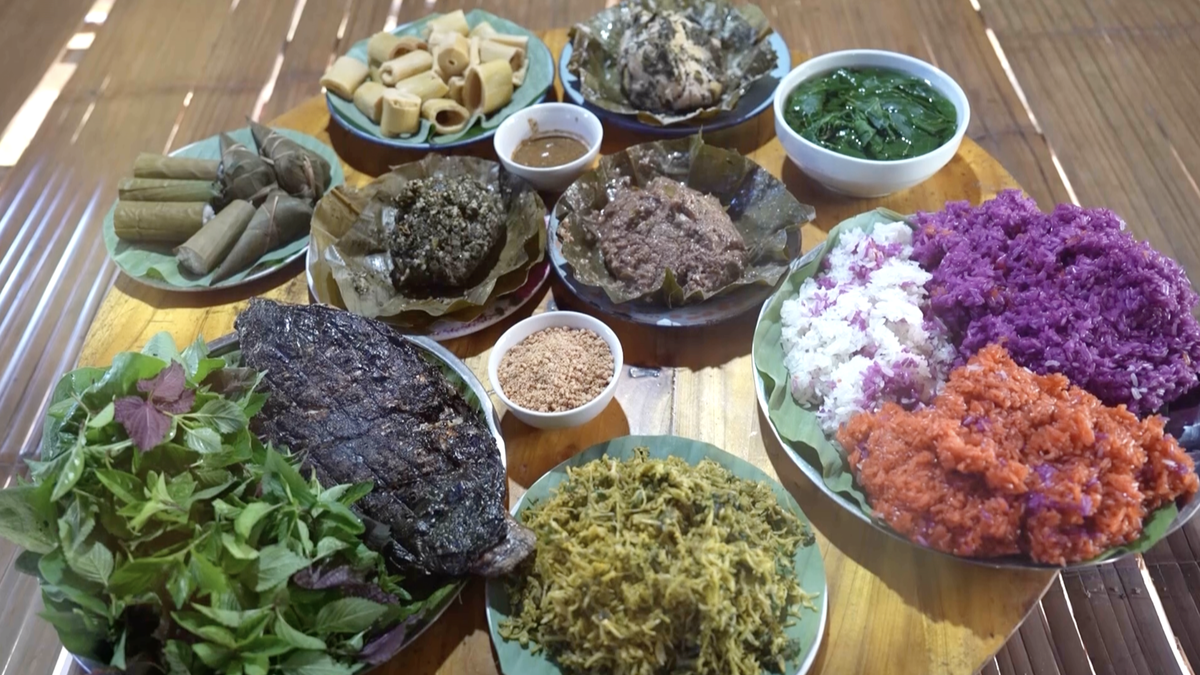





























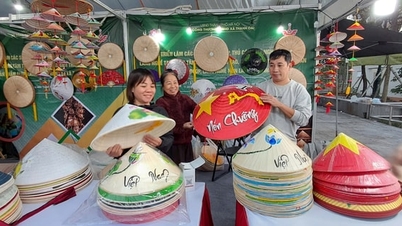




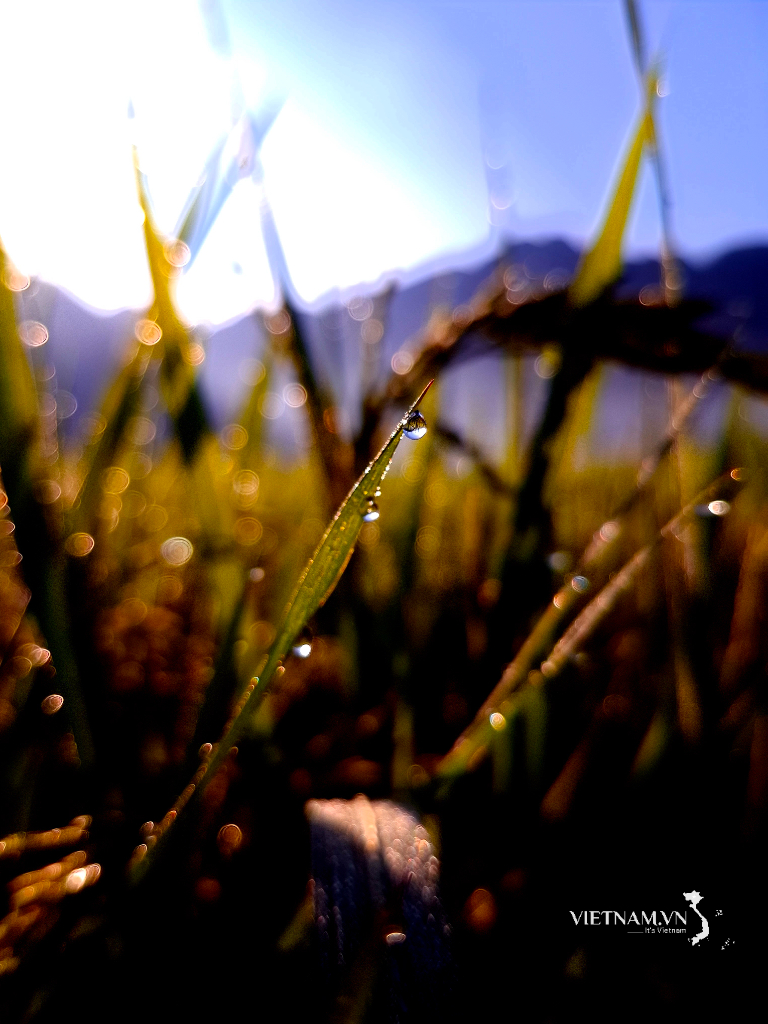

Comment (0)